|
Platforms: PC (via Steam), Sony PlayStation 4, Sony PlayStation Vita Player(s): 1 Just when you think the killing game might have finally ended, we’re treated with another despair filled adventure of whimsy, violence, trust, betrayal and hope. Danganronpa V3: Killing Harmony takes everything from the series and uses it to throw at us a thrilling conclusion. WARNING: For those of you who are sharp, I want to warn of potential spoilers. I’m careful with my wording in order to assure that I reveal nothing in my review, but since all details are important in the story as clues to the whole game, the screenshots may give some stuff away if you pay close attention. I will also mention that the screenshots are only from the first chapter, so if you do happen to deduce spoilers from them, you won’t see anything beyond Chapter 1. Now, let’s continue. Wait, what’s that? Conclusion did I say? Why yes I did. In a manner of speaking. The guys over at Spike Chunsoft did a great job of covering up the truth behind the game by continually assuring us that this game would be disconnected from the series minus the concept of the Killing Game and Monokuma. From the moment you boot up the game, you’re given a quick summary of the events in the original trilogy of stories before being thrown into the new story. The reason I mention this, even though some may complain that it’s a spoiler, is because it’s imperative that the player, at the least, has played the two main games in the franchise before jumping into this. There are references to the other games and without knowing some details of the overall story, you may not be able to progress unless you’re a really good guesser. This leads to the main issue I have with Killing Harmony: its dependence on the tropes and events from the rest of the series. It’s a really odd mix. On the one hand, from a gameplay perspective the game feels like a great starting point for players, since it does a great job of putting together everything that’s been done and combining it together in creative and refined ways. On the other hand, the game’s story assumes you’ve played the others, which diminishes the surprise and shock of some of the events in the game since they all seem to play off of ideas from the rest of the series. The true beauty of all this is that the entire game is carefully crafted this way for a very clear purpose that you will discover by the end of the game. Spike Chunsoft doesn’t let up with its clever use of gameplay and story development in order to lead into an amazing conclusion that puts everything you experienced in the game together. They brilliantly place all the clues you need to be able to solve the overarching mystery of the game from the moment you own it, as they have with every game in the series. It’s this brilliantly clever approach that makes Killing Harmony one of my favorites in the franchise, and also one of my favorite adventure games as well. Overarching mystery aside, if you’re anything like me than you likely come into Danganronpa for the really interesting character development and interactions that you’ll see as these kids are pitted against each other in yet another Killing Game. This game hardly disappoints. In fact, for me this was easily my favorite cast as a whole. Each character was interesting, contributed to the overall story in some way and none of them felt overly irritating. The ones that are irritating, we get to see develop into interesting characters, so nothing ever feels grating as we progress through the game. The characters were so interesting that I ended up fighting between 4 different characters trying to figure out who I liked the best. There’s people such as Maki the Ultimate Child Care Giver who feels like her ability was thrust on her and is very standoffish or Himiko the Ultimate Mage who refuses to admit that her magic is just magic tricks and struggles to find motivation to do much of anything. Each one is immensely interesting and will make each death that much more painful. What in the world is Danganronpa though? It’s a story about a group of 16 high school students who possess a unique ‘Ultimate’ ability, meaning that they are one of the best in the world when it comes to their particular talent. These kids are thrown into an isolated event called the Killing Game. With their memories erased and being trapped in a school, they are forced to kill each other in order to try and escape. The rules are simple: if a person commits a murder, and upon investigation the class guesses the wrong culprit, then the culprit gets to walk free while the rest of the class is executed; if they guess the correct culprit then the culprit is executed and the Killing Game continues. As more and more murders take place, the remaining students are given more and more clues that will help them piece together the mystery behind the Killing Game. With that being the premise behind the story, the game revolves around three main types of gameplay. The first is exploration. You can walk around and explore the school to your heart’s content while conversing with other students to get to know them better. Sometimes you are guided in your exploration, sometimes you are given freedom during ‘Free Time’ which also allows you to spend time with people you choose, giving them gifts that’ll help progress your relationship with them. The free time is especially important since you never know who might be the next to die. This makes the relationships a lot more precious. Once a murder happens, since you can bet your butt it will happen, you enter Investigation Mode. In this mode, your task is straightforward: investigate all the clues you can in order to solve the murder case and pinpoint the culprit. You’re not allowed to progress unless you discover all the clues, so you’re guaranteed to have all the clues you need when trying to solve the murder. From there, you enter a class trial, where you play a handful of different mini-games using the clues you discovered in order to uncover the truth. If you make too many mistakes your score lowers and you get a Game Over. Killing Harmony takes the trial mini-games from the first two main games and refines them to near perfection by streamlining features or slightly changing things to be more functional. The main type of game you’ll play is called the Non-Stop Debate. The classmates will debate a particular point where certain words will be highlighted. You need to use your clues to figure out the inconsistencies in the form of ‘Truth Bullets’. You shoot these Truth Bullets at the highlighted text that’s a discrepancy and progress the case. Other games will also pop up, such as a minesweeper style game or a hangman style game. Everything is meant to help you progress the case until you reach the Closing Argument, where you have to fill in blanks in a sort of manga to explain the entire murder in detail. The class trials are almost half of the game, and thankfully are exciting to play through. Their difficulty progresses in a satisfying and fair manner and the mini-games are refined to an art, which makes the trials an absolute thrill. Each murder case will have many twists and misleading information, which makes solving them extremely satisfying. The problem is that a lot of the events and themes are very reminiscent of the earlier games, which can sometimes make things a bit predictable despite the really clever twists. Another issue I had with the game, which is an issue I have with the series as a whole, is the incessant hand holding. A lot of the game holds your hand when figuring things out which then makes the player feel like the game is mocking them by essentially saying that the player is too dumb to actually solve too many puzzles. A perfect example is near the end of the game, when you are given a puzzle to solve. The game tells you that there were clues given to you during your entire play of the game, then proceeds to tell you exactly what those clues were. Then right after that it tells you how to interpret the clues. A puzzle that could have been clever ended up being nothing but another linear story element, since the player isn’t given any opportunity to work things out themselves. Luckily, the class trials don’t present the same issues, and the player generally has to figure things out on their own, it’s just too bad the rest of the game doesn’t follow this same principle. Killing Harmony has a very imaginative art team that crafts an interesting environment and set of characters to help fuel the gameplay and story. There’s clearly a lot of thought and detail that goes into every little thing, with everything being a clear hint at the bigger picture. It’s amazing how even the smallest details are often giving the player something to think about. Having played the game on the PS4, it was clear to me that the game was designed for the PS Vita. For the most part, the game looks crisp, but textures sometimes look low quality or the game will sometimes enlarge character sprites for effect which will make the sprite look really low quality. If the fidelity of all the art assets was high quality to begin with, this wouldn’t be a problem. Thankfully, the music doesn’t suffer from this problem and is always appropriate for the situation and well done. The voice actors also did a fantastic job of giving each character their own very distinct personality and heightening it. On a quick side note, regarding the PS4 version, the game has slightly long load times. Considering the minimal amount of things that need to be loaded, it’s odd that the game takes sometimes 6-7 seconds to load these small and confined environments. Another thing that points to the game being designed for PS Vita and not optimized for the console. It’s possible that this problem is non-existent on the PC version, but I can’t say one way or another from personal experience. Forgetting about the few complaints I have, the game will take you on a crazy roller coaster ride that ends in an extremely jarring and insane conclusion that wraps up the series with a frustrating yet clever twist that will leave you scratching your head. Even though this game is designed to give closure to the Hope’s Peak High arc (despite the lies the developers told us to avoid hints and spoilers), it does leave room for a sequel if they see fit. Does it need a sequel though? Absolutely not. The other 2 games, the spinoff game and the anime are wrapped up nicely in this beautiful final chapter. I enjoyed every minute of the 35-40 hours I spent playing through the game. Like others in the series, there are things to do upon completion. There’s a new equivalent to the character development modes from other games. Thankfully, they didn’t wrap the mode up in a grindy and annoyingly long package. This time around we get straight to the point and just walk around the school developing each character’s story. This made me really happy. There’s also a sort of RPG/board game hybrid mode. In this mode you level up character cards through a board game that ends in an RPG-style battle. This mode is relatively simple, but interesting enough to hold your attention for a while. If that’s not enough, you can play casino games that you unlock in the main game at any time from the main menu and you can collect coins to acquire objects for gifts as well as unlocking artwork, music and more. There’s plenty for you to do after beating the game, to assure you get a satisfying amount of exposure to the characters. Especially the ones who died during the main game. Danganronpa V3: Killing Harmony may depend too much on past tropes and themes sometimes, but is still one of the most satisfying murder mystery adventure games that you’ll find. All the quirkiness you could hope for out of a Japanese game is present and wrapped around a very compelling story that explores the depths of what we humans will do to survive, as well as exploring some deep culturally taboo themes. It’s a beautiful addition and conclusion to the fantastic Danganronpa series that is never shy about being offensive in order to make its point, and I couldn’t have asked more out of it. For people who are fans of visual novels and adventure games, this is an easy recommendation as long as you’ve at least played Trigger Happy Havoc and Goodbye Despair first. If you haven’t, I’d at least recommend reading a summary of those two games before jumping in. Most of the game stands on its own just fine, but the last two chapters start to tie things together which will be unsatisfying and confusing to players. If you’re not into the genre or aren’t sure, there’s a spoiler-free demo you can download that gives you a taste of all aspects of the game. Be sure to check out the game, it’s one of the best in the genre and an absolute blast. NOTE: I played the entirety of the game on the PS4. There are no differences between the versions though, so you should pick whatever platform you prefer and enjoy to your heart’s content. - Teepu Gameplay: AMAZING Graphics: GREAT Sound: PERFECT Value: PERFECT OVERALL: AMAZING Disclaimer: This game was provided to us by the publisher for the purpose of this review.
0 Comments
Leave a Reply. |
Search
Contributors◆ Angie
◆ Emily ◆ J.D. ◆ Janette ◆ JT ◆ Manuel ◆ Nestor ◆ Rose ◆ Sylvia ◆ Teepu ◆ Tiffany ◆ Winfield Archives
May 2025
|
© 2014-2025 A-to-J Connections. All Rights Reserved.

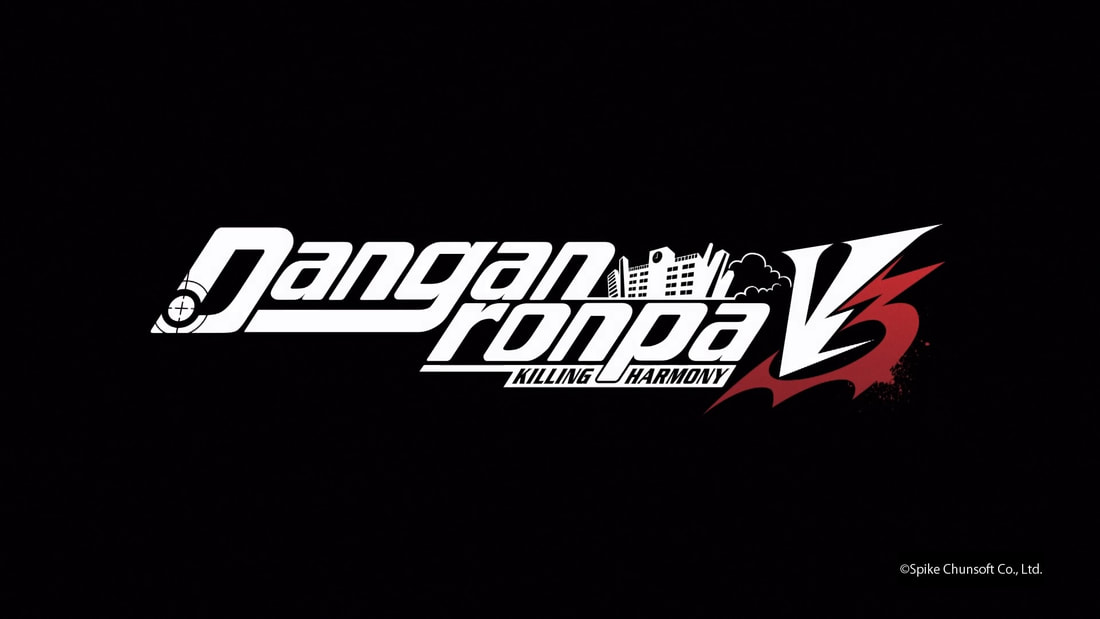

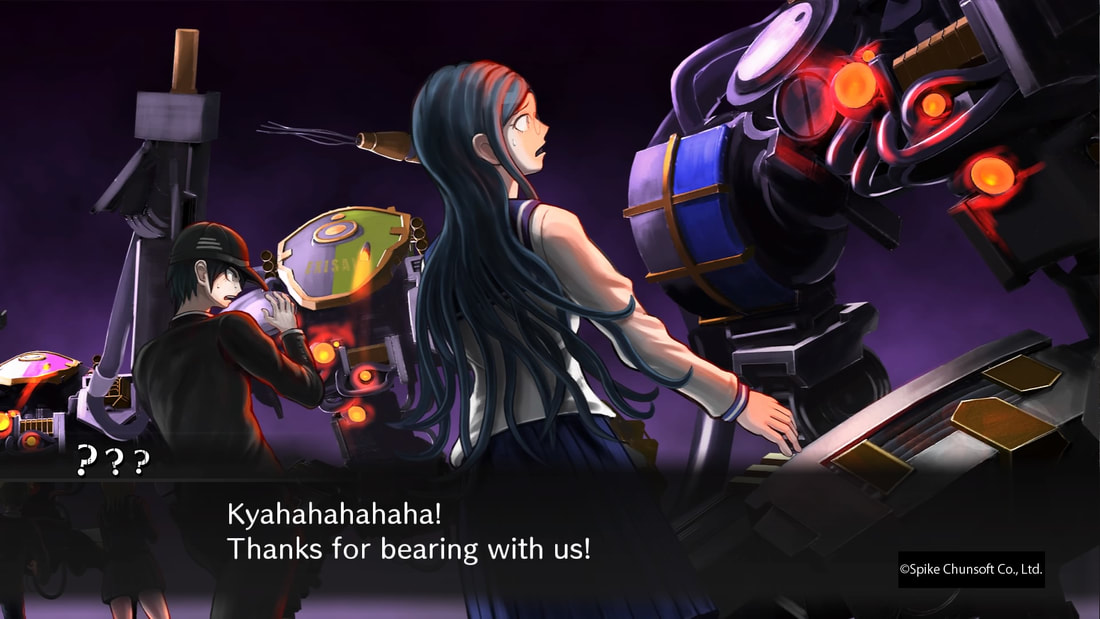
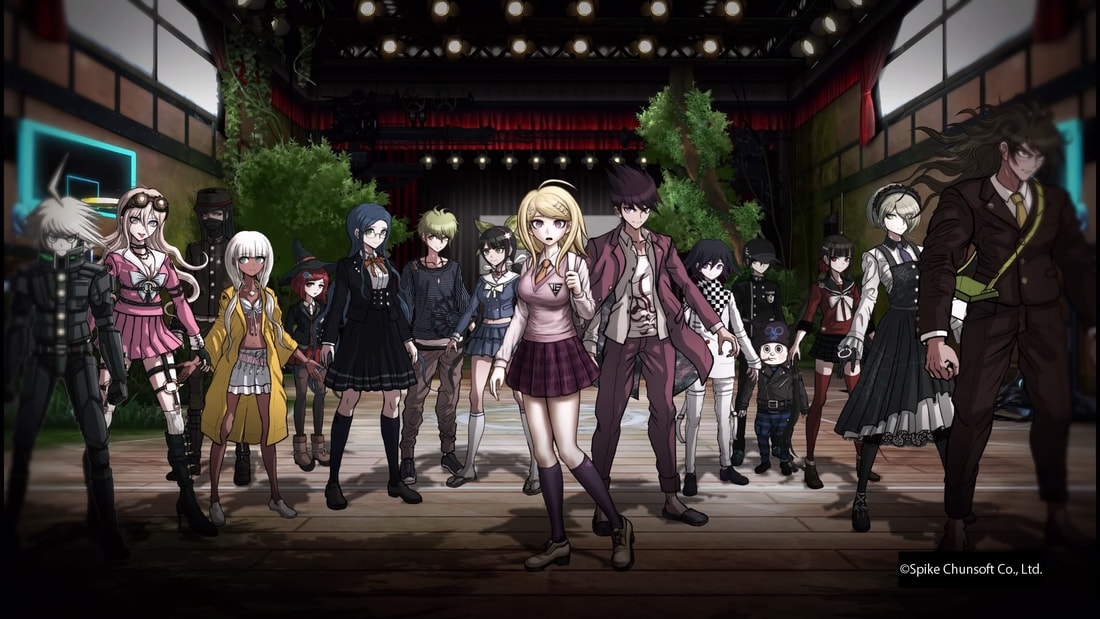
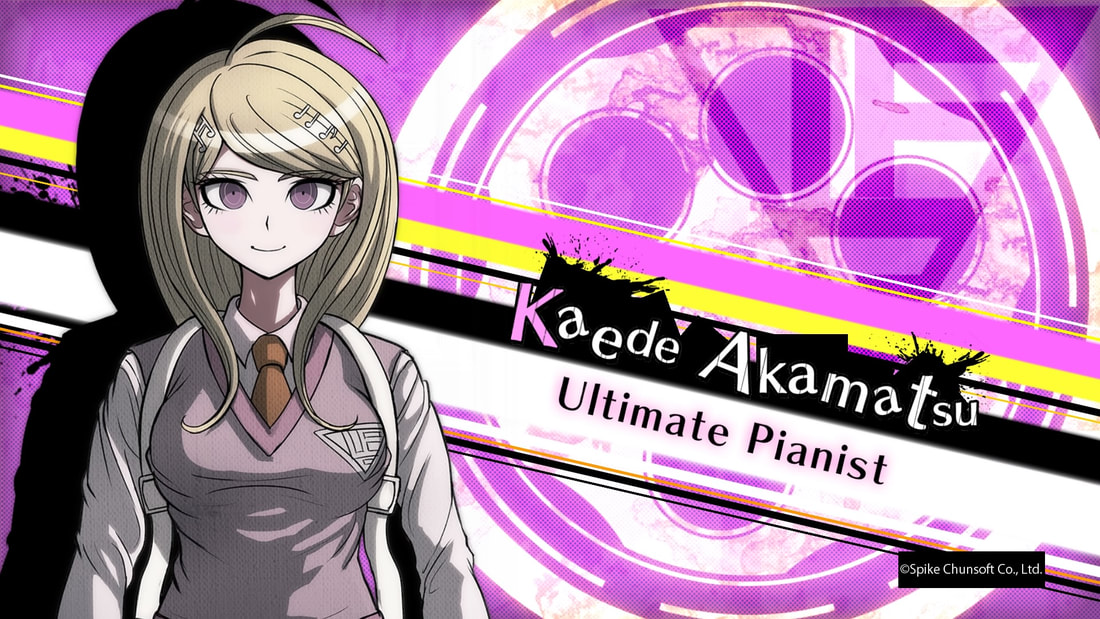
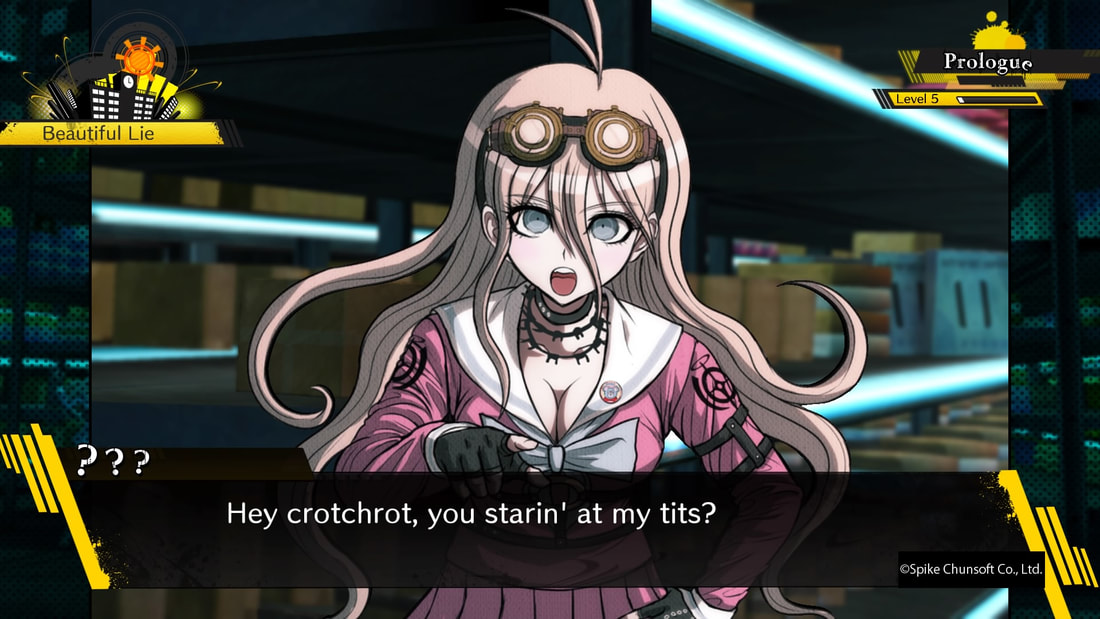
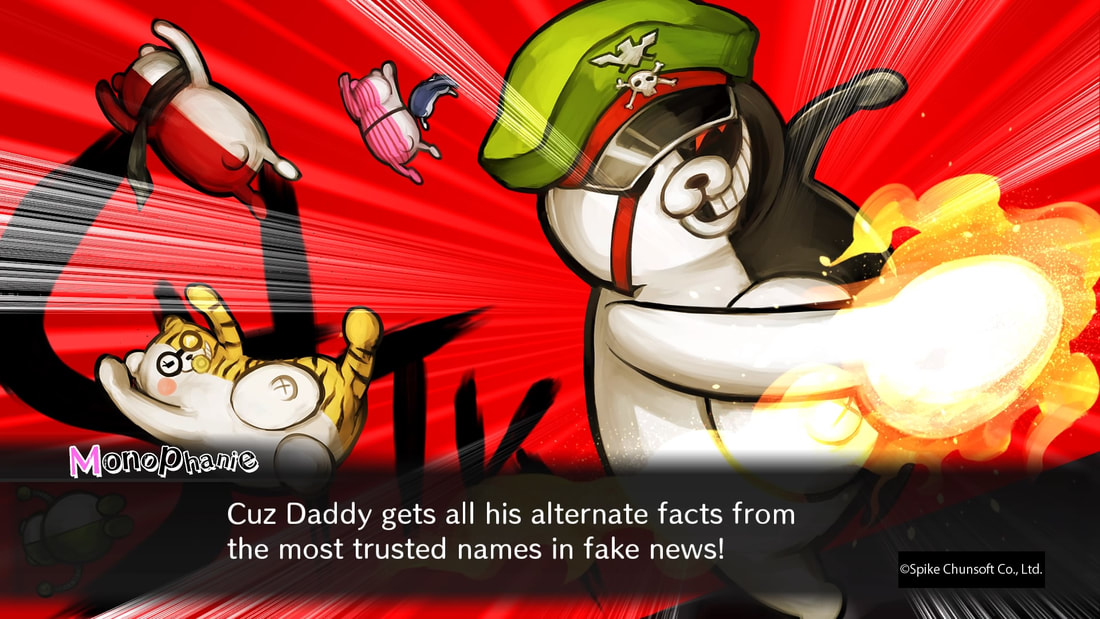
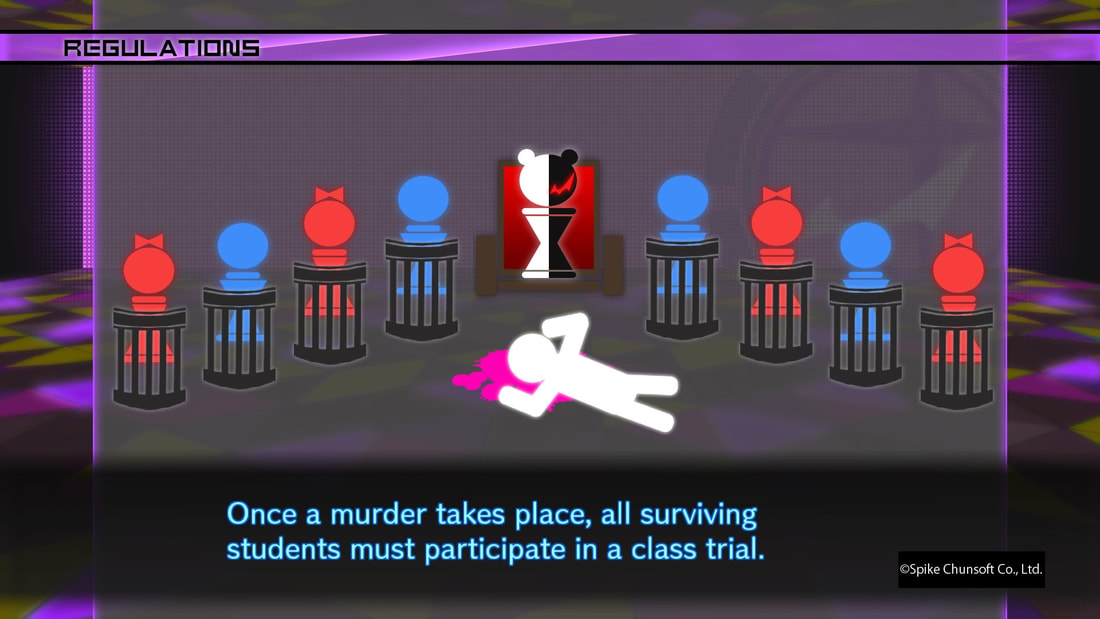
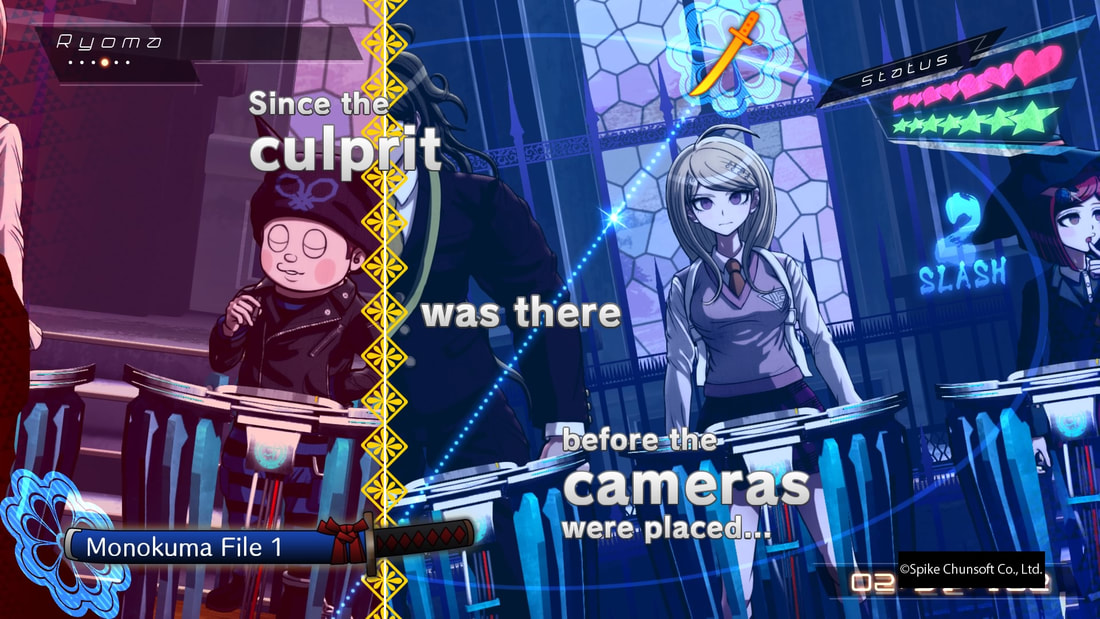
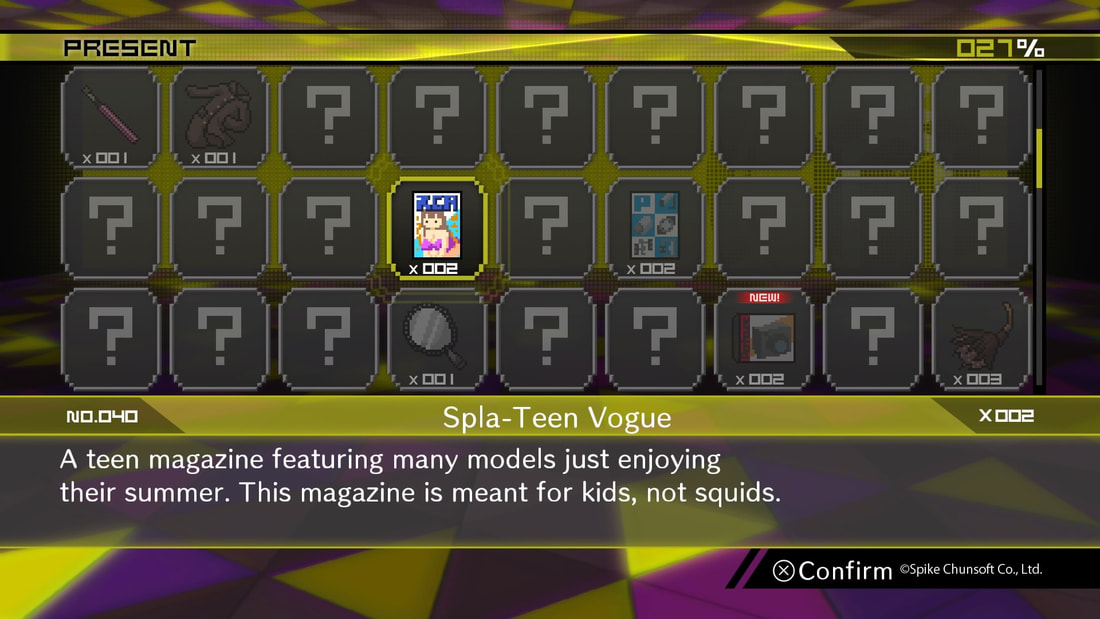

 RSS Feed
RSS Feed